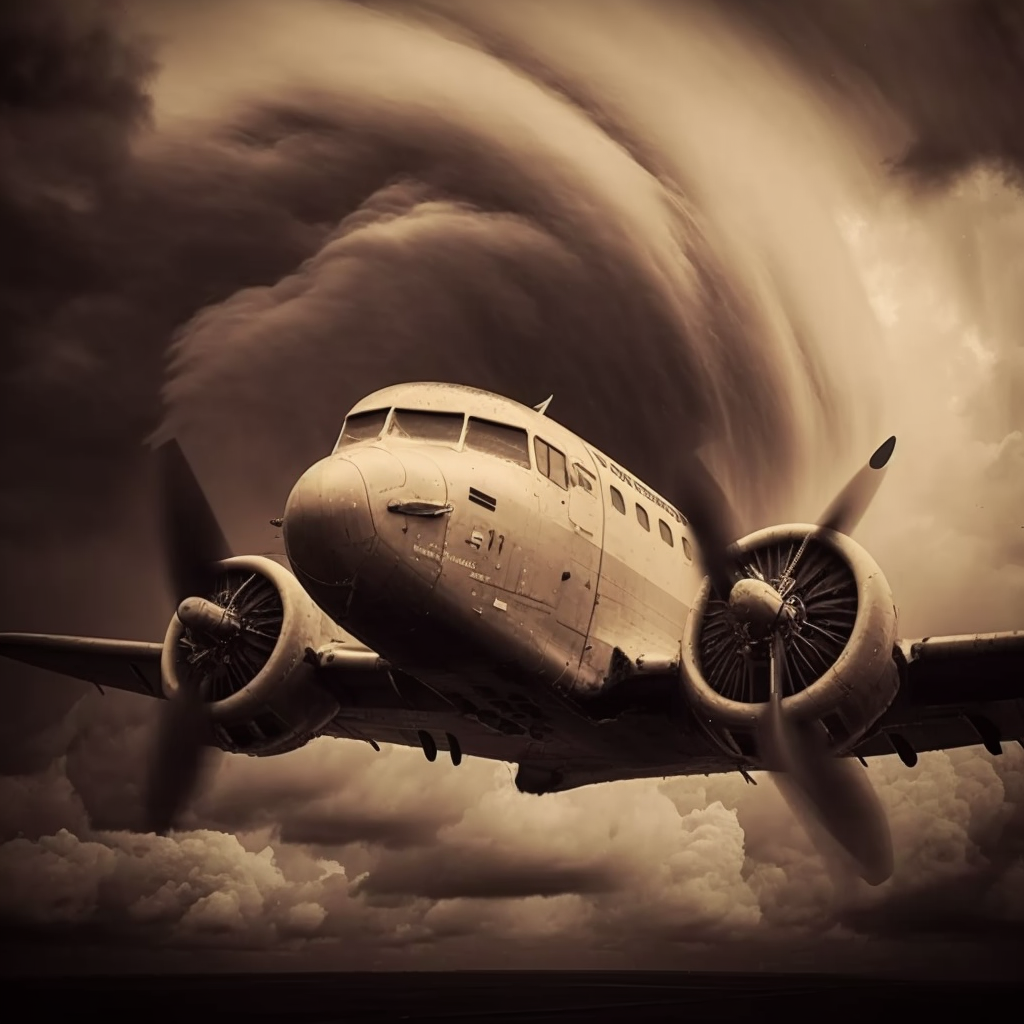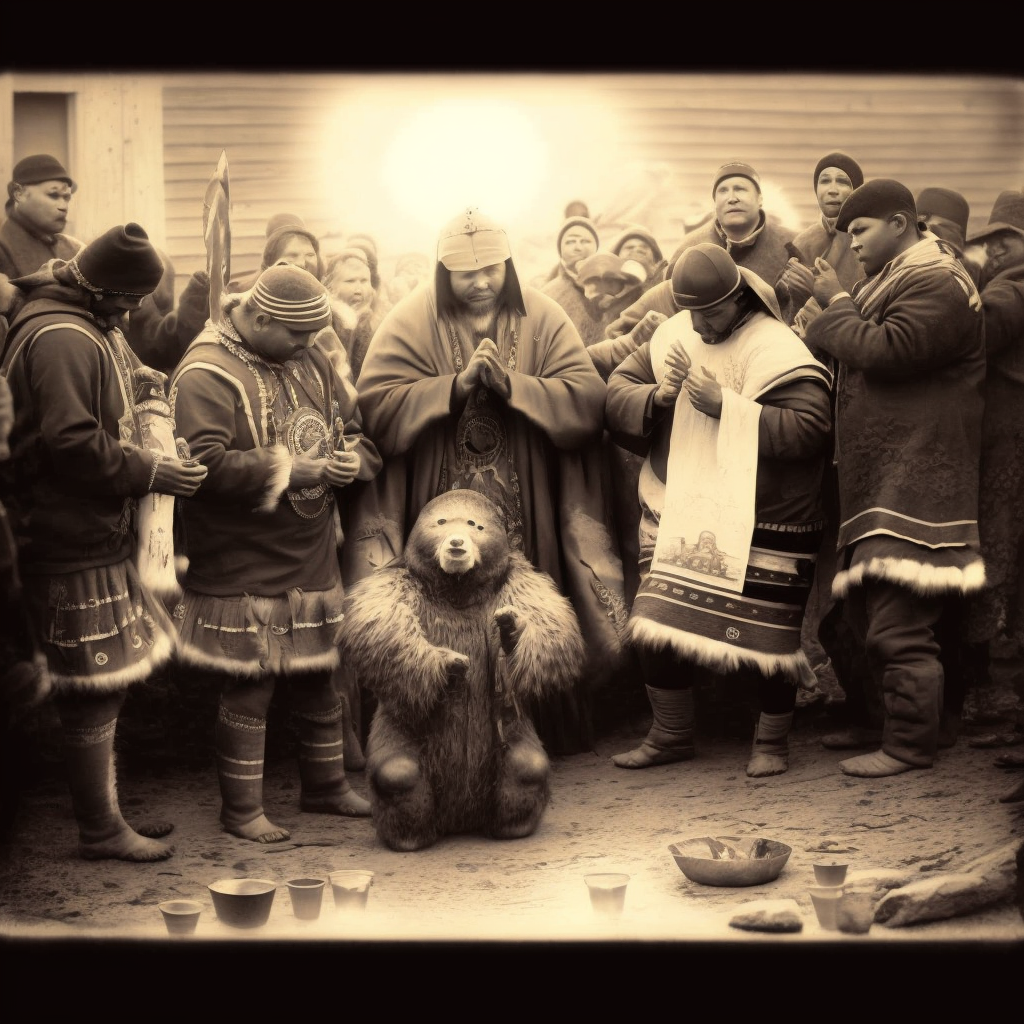
The Alaska Triangle is a remote region shrouded in mystery and legend. This treacherous expanse, situated between the cities of Utqiagvik, Anchorage, and Juneau, is notorious for the unexplained disappearances of more than 16,000 people, airplanes, and military personnel. The region is characterized by vast boreal forests, barren tundra, and icy peaks, and the number of people who have gone missing from the area over the past four decades is double the national average.
The mystery surrounding the Alaska Triangle began to take shape in 1950, when one of the largest disappearances of military aircraft and personnel in the nation’s history occurred in the region. A C-54 Skymaster, carrying an 8-man crew and 36 passengers, vanished without a trace after making its last communication two hours after leaving Anchorage. Despite a massive search effort that involved US and Canadian planes and thousands of volunteers on foot, the flight was never found.

The mystery only deepened in 1972, when U.S. House Majority Leader Hale Boggs’ private aircraft disappeared in the triangle. The plane vanished amidst a storm between Anchorage and Juneau, and the 39-day search effort to find the passengers or wreckage was one of the largest in US history. However, the passengers and the aircraft were never found.
Over the years, several theories have arisen to explain the disappearances in the Alaska Triangle. One theory is that the region is home to massive swirling energy vortexes that impact human emotions and behavior. Some people claim that the triangle is home to higher intensities of magnetic irregularities, which can cause compass malfunctions and disorientation.

In Native Alaskan folklore, the Tlingit and Tsimshian peoples attribute the disappearances to the “Kushtaka,” a shapeshifting cryptid that stalks the wilderness in search of human prey.

According to legend, the otter-like creature can disguise itself as a trusted relative or friend and lead its victims deeper into the wild, ultimately killing them or turning them into another Kushtaka.
The most likely explanation for the disappearances, however, is the terrain itself. The massive glaciers in the area have a brittle upper crust that can fracture at any moment, opening up large crevasses that can swallow anything that falls into them. The region is also home to unstable glaciers that can cause massive avalanches and flash floods, making it a dangerous and inhospitable environment for anyone who ventures into it.
Despite the many theories and explanations, the mystery of the Alaska Triangle remains unsolved. The region continues to captivate the imagination of researchers, eyewitnesses, and enthusiasts alike, who are drawn to the area in search of answers. Despite the many efforts to unlock the mystery of the Alaska Triangle, the missing persons and aircraft remain unaccounted for, leaving a dark, enduring legacy of terror and wonder.

